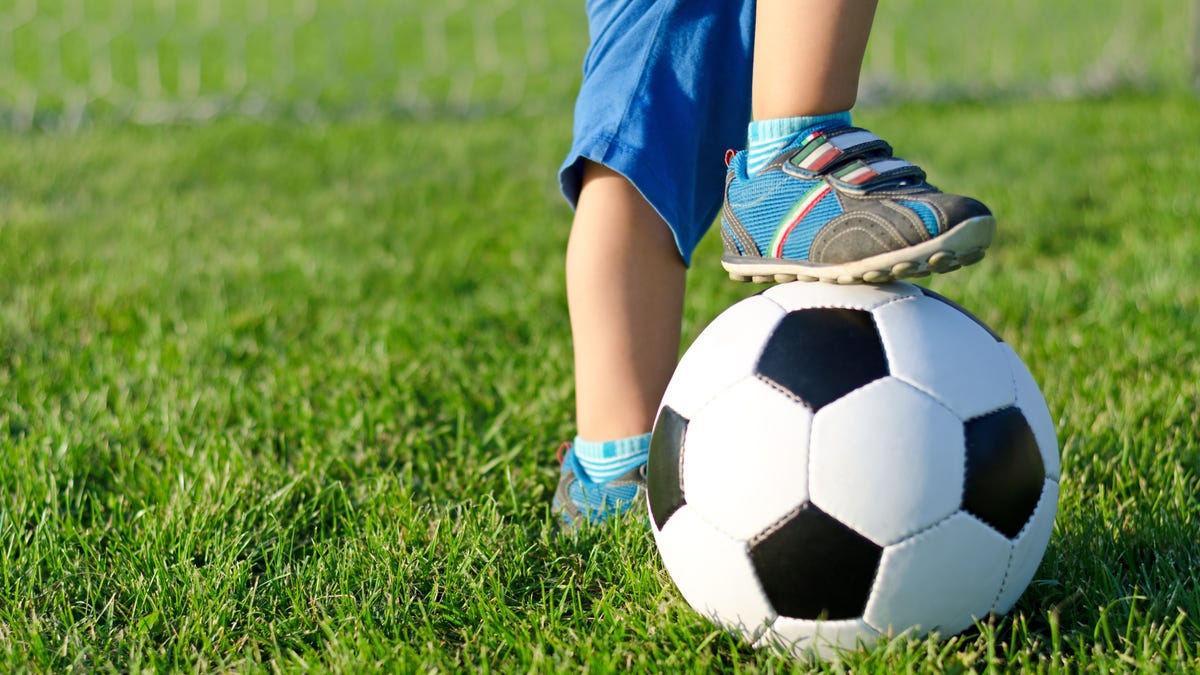The Best Post-Game Snacks for Kids - 5 minutes read
 Photo : Shutterstock
Photo : ShutterstockAt the end of last fall, my son participated in a two-day end-of-season soccer tournament. They were long, cold, busy days and a parent of one of his teammates promised them a special snack after their last game of the weekend. That snack, it turned out, was a giant bag of Skittles to be shared among the team. “Hmmm,” I thought to myself. “Seems like that’s not the best post-game snack option I’ve ever seen.” (The kids, of course, were thrilled.)
That moment came back to me recently when I was reading this piece on The Conversation about how often the snacks kids consume after a soccer or basketball game actually contain more calories than they just burned off:
We found that on average children got 27 minutes of physical activity per game and burned about 170 calories. We were not surprised to find that children playing soccer were the most active, and softball players were the least active. At four out of five games, or 78%, parents served a post-game snack. When a snack was served, it averaged 213 calories—on average, 43 more calories than the children had expended playing the sport. The most common snacks were baked goods, such as brownies, cookies and cake, followed by fruit snacks, crackers and chips. We were even more disturbed that the average amount of sugar provided was 26.4 grams, exceeding the American Heart Association’s recommendation of 25 grams of sugar per day.
Advertisement
I am certainly not going to start counting the calories my son consumes, but many of us do have room for improvement in what we feed our kids and their teammates after a game. A juice box and a bag of Doritos, while easy to transport and a crowd-pleaser, are not the healthiest choices.
Jay Maddock and Lori Andersen Spruance, the authors of The Conversation article, created a one-page fact sheet on smart, healthy snacks for young athletes. In general, it’s best to avoid overly processed foods that are poor in nutrients and rich in sugar. Here’s a breakdown of the best options to replenish and rehydrate your kids:
Fresh fruits, veggies and cheese
You can’t go wrong with a post-game snack of fresh fruits or vegetables—or even a little dried fruit. Licensed dietician Brandi Thompson writes for Food & Nutrition Magazine that these are the best inexpensive options for young athletes:
Apple slices or carrot sticks . Kids love to crunch. Fill them up with fiber, vitamin C and antioxidants after the big game.
. Kids love to crunch. Fill them up with fiber, vitamin C and antioxidants after the big game. Orange slices . Perfect to make smiles turn orange and fun while kids reap the juicy benefits of natural juice, fiber and vitamin C.
. Perfect to make smiles turn orange and fun while kids reap the juicy benefits of natural juice, fiber and vitamin C. Bananas . This appealing snack is packed with potassium, which may be lost during sport events.
. This appealing snack is packed with potassium, which may be lost during sport events. Raisins. The original “fast food” that packs a nutritious punch.
String cheese also pairs nicely with a piece of fruit (or a small handful of whole grain crackers) and is a good source of protein.
Mix it up
Mixed nuts on their own are a good source of fiber and protein. You can also mix them in with a variety of other healthy, bite-sized foods—such as whole grain cereal, dried fruit, pretzels or granola—for your own homemade trail mix.
Advertisement
If you want to cheat a bit and make the mix more appealing to their sweet tooth or desire for a crunchy cracker, go ahead and throw in a few chocolate chips or whole grain Goldfish crackers. To really go all-out, you might even try something like these “No-Bake Energy Bites.”
Advertisement
Get whimsical
Especially for the youngest athletes among us, a little whimsy goes a long way when it comes to post-game snacks. Cara Rosenbloom shares these ideas in Today’s Parent:
Thread fruit and cheese on skewers, or package cheese strings and crackers in bags.
Serve popcorn or trail mix (popcorn, raisins, cereal, pumpkin seeds) in paper cups or cones.
Make “message bananas”: Write “good game!” on bananas with a toothpick. As the marks brown, the message will magically appear.
Add character stickers to apples or pears, or freeze yogurt tubes.
(I personally like the “message banana” idea for kids of all ages.)
Of course, there’s also the classic “ants on a log” snack, which was traditionally made with celery, peanut butter and raisins. But not all kids like—or can safely eat—celery, peanut butter and raisins. So a food writer at Healthy Little Foodies created a fresh list of possible logs, fillings and “ants” for a wider range of palates.
Advertisement
Finally, just stick with water
The occasional sports drink or sugary beverage is not the end of the world, but water should be the main go-to for kids to rehydrate. Get them a special water bottle, fill it with ice and H2O and skip the post-game Gatorade.
Advertisement
Meet the smartest parents on Earth! Join our parenting Facebook group .
Source: Lifehacker.com
Powered by NewsAPI.org